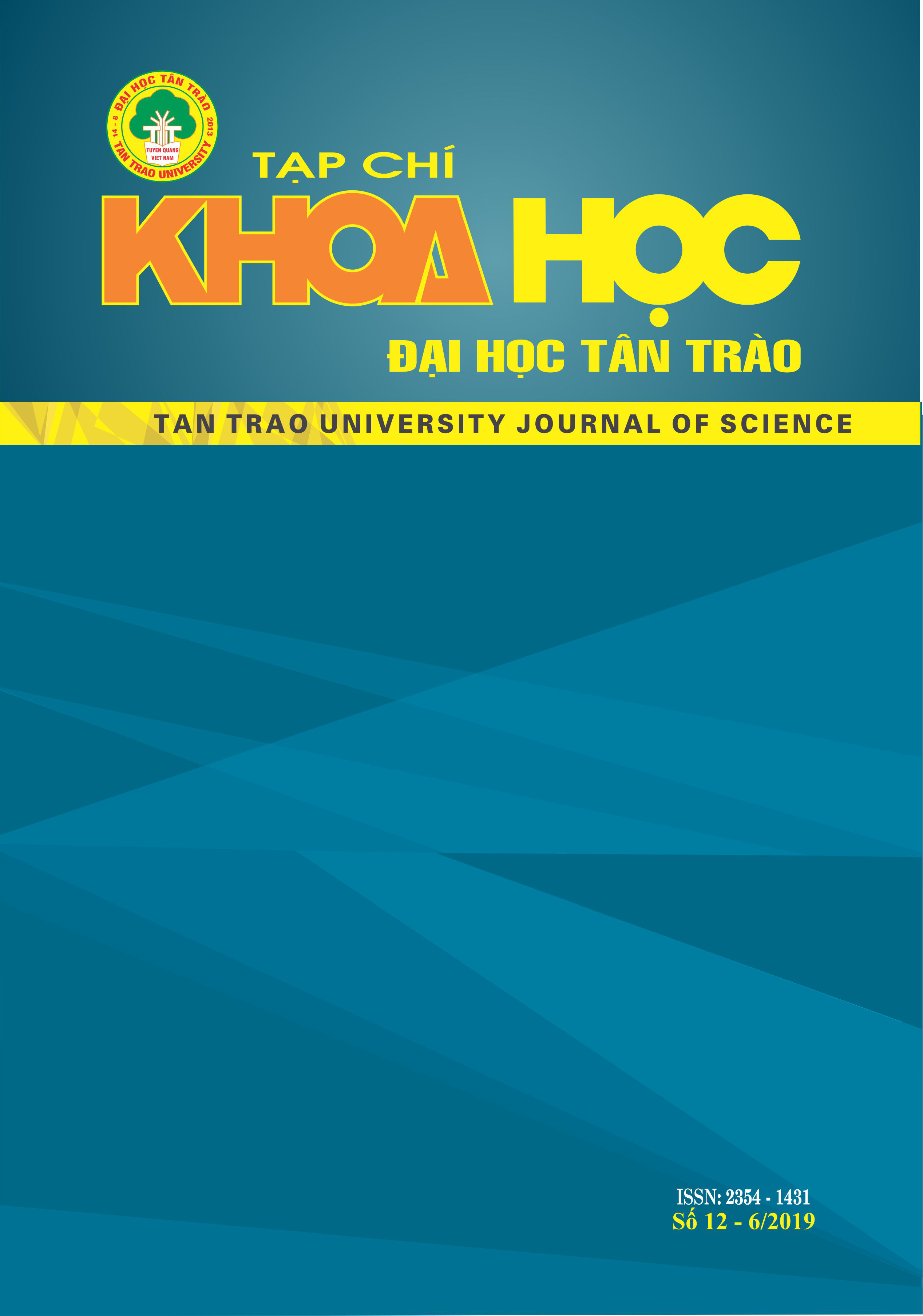Factors affect the nutritional motivation of the nursing teachers in the period of industrial network 4.0
DOI:
https://doi.org/10.51453/2354-1431/2019/273Keywords:
Working motivation; nursing teachers; needs; measures to create motivationAbstract
Nursing teachers are laborers with peculiarities of teaching, and professional practice related to issues of care and protection of public health. Factors, such as material needs, the spirit, the raising level, the remuneration always affect to their working motivation. When determining the right influencing factors, there are measures to create motivation for the teachers to improve the quality of teaching and meet the increasingly high requirements from The Industrial Revolution 4.0. This is the important work of the manager and the University Council.
Downloads
References
1. Trần Kim Dung (2011), Giáo trình Quản trị nguồn nhân lực, NXB. Giáo dục Hà Nội.
2. Vũ Dũng (2009), Tâm lý học quản lý, NXB. Đại học Sư phạm Hà Nội.
3. Nguyễn Vân Điểm, Nguyễn Ngọc Quân (2007), Giáo trình Quản trị nguồn nhân lực, NXB. Đại học kinh tế Quốc dân Hà Nội.
4. TS. Hồ Bá Thâm (2004), Động lực và tạo động lực phát triển xã hội, Nhà xuất bản Chính trị Quốc gia, Hà Nội.
5. Thông tư liên tịch số 26/2015/TTLT-BYT-BNV ngày 07 tháng 10 năm 2015 của Bộ Y tế và Bộ Nội vụ Quy định mã số, tiêu chuẩn chức danh nghề nghiệp điều dưỡng, hộ sinh, kỹ thuật y.
6. Thông tư liên tịch số 36/2014/TTLT-BGDĐT-BNV ngày 28 tháng 11 năm 2014 của Bộ Giáo dục và Đào tạo và Bộ Nội vụ, Quy định mã số và tiêu chuẩn chức danh nghề nghiệp viên chức giảng dạy trong các cơ sở giáo dục đại học công lập.
Downloads
Published
How to Cite
Issue
Section
License

This work is licensed under a Creative Commons Attribution-ShareAlike 4.0 International License.
All articles published in SJTTU are licensed under a Creative Commons Attribution-ShareAlike 4.0 International (CC BY-SA) license. This means anyone is free to copy, transform, or redistribute articles for any lawful purpose in any medium, provided they give appropriate attribution to the original author(s) and SJTTU, link to the license, indicate if changes were made, and redistribute any derivative work under the same license.
Copyright on articles is retained by the respective author(s), without restrictions. A non-exclusive license is granted to SJTTU to publish the article and identify itself as its original publisher, along with the commercial right to include the article in a hardcopy issue for sale to libraries and individuals.
Although the conditions of the CC BY-SA license don't apply to authors (as the copyright holder of your article, you have no restrictions on your rights), by submitting to SJTTU, authors recognize the rights of readers, and must grant any third party the right to use their article to the extent provided by the license.


